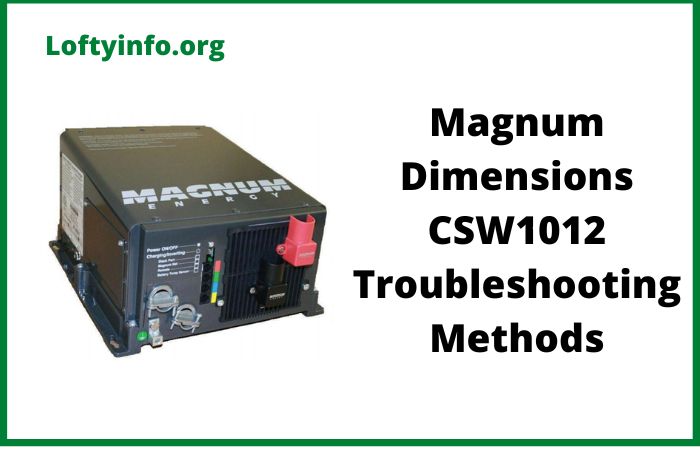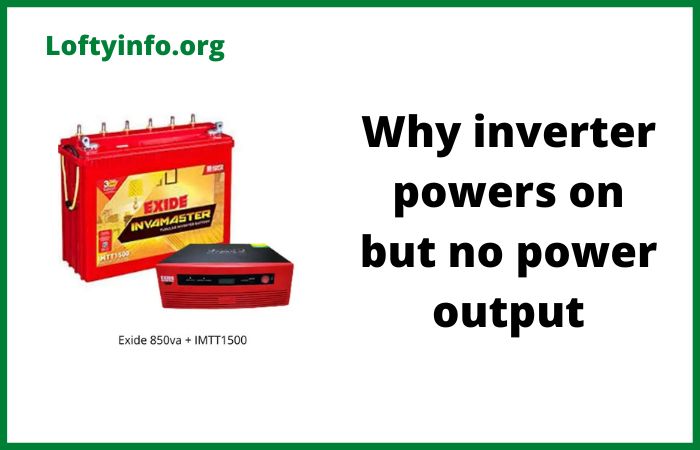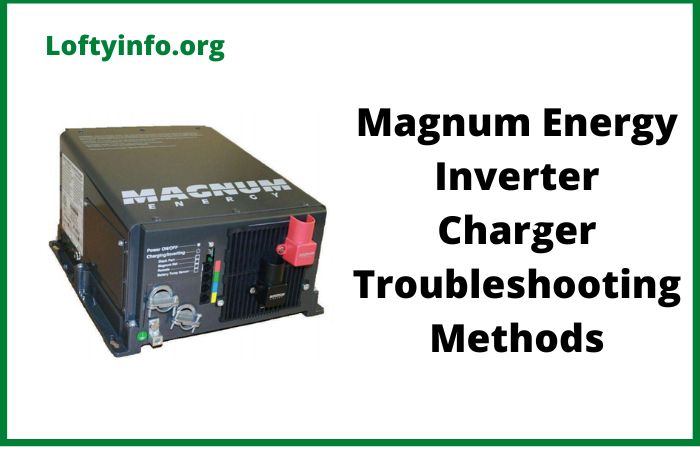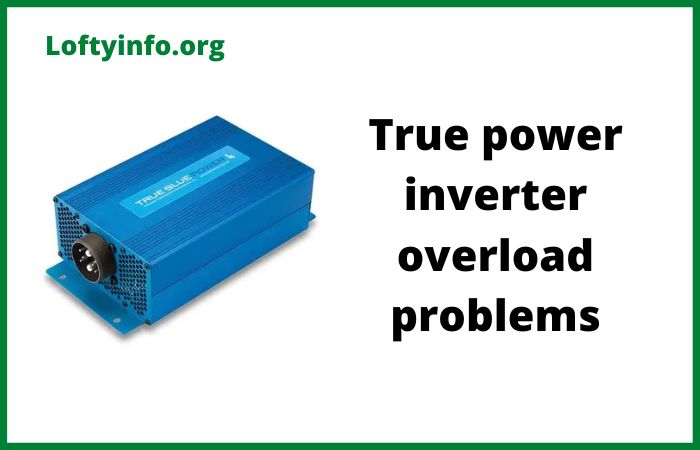Luminous Inverter 950 Charging Problems: Major Causes and Solutions
The Luminous inverter 950 is a popular power backup solution for homes and offices but like any electronic device.
It can experience charging issues that affect its performance.
When your Luminous inverter 950 stops charging properly, it can leave you without backup power when you need it most.
Understanding the root causes of these charging problems can help you diagnose and resolve issues quickly, ensuring your inverter maintains optimal performance.
Causes Of Luminous Inverter 950 Charging Problems
1) Battery-Related Charging Issues
One of the most common reasons for Luminous inverter 950 charging problems stems from battery related issues.
Over time, inverter batteries naturally degrade and lose their ability to hold charge effectively. Deep discharge cycles where the battery is completely drained repeatedly can significantly damage the internal cells and reduce charging capacity.
When batteries age beyond their optimal lifespan (typically 3-5 years for most inverter batteries), they develop internal resistance that prevents proper charging.
You might notice that the charging time increases significantly or the battery never reaches full capacity even after extended charging periods.
Sulfation buildup on battery plates is another common issue that occurs when batteries remain discharged for extended periods creating a barrier that prevents proper chemical reactions during charging.
Temperature extremes also affect battery charging performance.
Batteries exposed to excessive heat may experience electrolyte evaporation while extremely cold conditions slow down the chemical processes necessary for charging.
Regular battery maintenance, including checking electrolyte levels and cleaning terminals, can prevent many of these issues.
2) Faulty Charging Circuit Components
The charging circuit in your Luminous inverter 950 contains several critical components that can malfunction and prevent proper charging.
The most vulnerable component is often the charging transformer, which steps down the AC voltage to appropriate levels for battery charging.
When this transformer fails or develops internal shorts, it cannot provide the correct voltage and current required for optimal charging.
Diodes within the charging circuit are another common failure point.
These semiconductor devices ensure current flows in the correct direction during charging, but they can burn out due to voltage spikes or manufacturing defects.
A failed diode might allow current to flow backwards, preventing the battery from charging or even causing it to discharge when connected to mains power.
Capacitors in the charging circuit can also deteriorate over time, especially in areas with frequent power fluctuations.
When filter capacitors fail, they cannot smooth out voltage ripples effectively, leading to inefficient charging and potential damage to other circuit components.
These failures often manifest as unusual noises from the inverter during charging or inconsistent charging rates.
3) Voltage Regulation Problems
Proper voltage regulation is crucial for safe and effective battery charging in the Luminous inverter 950.
The voltage regulator circuit maintains steady charging voltage regardless of input power fluctuations but when this system fails, it can cause serious charging problems.
Overcharging occurs when the voltage regulator allows excessive voltage to reach the batteries.
This condition can cause rapid electrolyte loss, plate damage, and significantly reduced battery life.
You might notice excessive bubbling in the battery electrolyte or unusually high temperatures during charging when overcharging occurs.
Conversely, undercharging happens when the voltage regulator fails to provide sufficient charging voltage.
This condition prevents batteries from reaching full capacity and can lead to sulfation over time.
Undercharged batteries will show reduced backup time and may fail to start high-power appliances during power outages.
The automatic voltage regulator (AVR) circuit which monitors and adjusts charging voltage based on battery condition, can also malfunction.
When AVR components like voltage sensing circuits or control microprocessors fail, the inverter loses its ability to adapt charging parameters to battery needs resulting in inefficient or potentially damaging charging cycles.
4) Power Supply and Input Issues
The Luminous inverter 950 requires stable input power to charge batteries effectively and problems with the power supply circuit can prevent proper charging operation.
Fluctuating mains voltage is a common issue in many areas, and when input voltage varies significantly from the inverter’s specified range, the charging circuit may shut down to protect internal components.
Low input voltage conditions force the charging circuit to work harder to maintain proper charging current, often leading to overheating and component stress.
High voltage conditions can trigger protective circuits that disable charging entirely, leaving batteries unable to charge even when mains power is available.
The input fuse and circuit breaker systems, designed to protect the inverter from power surges, can also cause charging problems when they malfunction.
A partially blown fuse might allow some current through but not enough for proper charging, while a hypersensitive circuit breaker might trip repeatedly during normal charging operations.
Power factor correction circuits, which optimize power consumption during charging, can also fail and affect charging efficiency.
When these circuits malfunction, the inverter may draw excessive current from mains supply while providing insufficient charging power to batteries, resulting in high electricity bills and poor charging performance.
5) Control Board and Microprocessor Malfunctions
Modern Luminous inverter 950 units rely heavily on sophisticated control boards and microprocessors to manage charging operations.
These electronic control systems monitor battery voltage, temperature, and charging current to optimize charging cycles and protect batteries from damage.
Microprocessor failures can cause erratic charging behavior, including random charging interruptions, incorrect voltage settings or complete charging system shutdown.
These failures often result from power surges, moisture exposure, or component aging. When the microprocessor cannot properly interpret battery conditions, it may apply inappropriate charging parameters that reduce charging efficiency or damage batteries.
Control board component failures, such as burned resistors, failed integrated circuits or damaged printed circuit board traces can disrupt communication between different inverter systems.
The charging system relies on feedback from battery monitoring circuits, and when these communication pathways fail, the inverter cannot determine when to start, stop or adjust charging operations.
Software corruption in the inverter’s firmware can also cause charging problems.
This typically occurs after power surges or improper shutdowns during firmware updates. Corrupted firmware may cause the inverter to apply wrong charging algorithms, ignore safety parameters or fail to recognize battery types correctly.
6) Wiring and Connection Problems
Poor electrical connections throughout the Luminous inverter 950 system can significantly impact charging performance.
Loose connections create high resistance paths that generate heat and reduce current flow to batteries. Over time, these connections can deteriorate further, eventually preventing charging entirely.
Corroded battery terminals are particularly problematic, as corrosion creates an insulating layer that prevents proper current flow.
This corrosion often appears as white or green powder around battery terminals and can spread to connecting cables if left untreated.
Regular cleaning and application of protective compounds can prevent this issue.
Internal wiring problems, including damaged insulation or broken conductors, can cause intermittent charging failures that are difficult to diagnose.
These issues often develop gradually, starting as occasional charging interruptions and eventually becoming permanent failures.
Vibration, temperature cycling and age can all contribute to internal wiring deterioration.
Ground connection problems deserve special attention, as the inverter’s charging system relies on a solid ground reference for proper operation.
Poor grounding can cause voltage measurement errors, leading to inappropriate charging voltages and potential safety hazards.
The ground connection should provide low resistance path to earth and remain stable over time.
Troubleshooting Your Luminous Inverter 950 Charging Issues
When experiencing charging problems with your Luminous inverter 950, systematic troubleshooting can help identify the root cause.
Start by checking all visible connections for tightness and corrosion, ensuring that battery terminals are clean and properly secured.
Verify that the mains input voltage falls within the inverter’s specified range using a reliable multimeter.
Monitor the charging process closely, noting any unusual sounds, excessive heat or error indicators on the inverter display.
Many charging problems produce characteristic symptoms that can guide your diagnostic efforts.
Keep detailed records of when problems occur, as intermittent issues often follow patterns related to temperature, load conditions or time of day.
While some charging problems can be resolved through basic maintenance and connection cleaning, complex issues involving control boards, charging circuits or internal components require professional diagnosis and repair.
Attempting repairs beyond your skill level can worsen problems and potentially create safety hazards.
Regular preventive maintenance, including periodic battery testing, connection cleaning, and professional inspections, can prevent many charging problems from developing.
Maintaining proper ventilation around the inverter and protecting it from extreme temperatures and moisture will extend component life and maintain reliable charging performance.
Understanding these common causes of Luminous inverter 950 charging problems empowers you to maintain your power backup system effectively and recognize when professional service is needed.
With proper care and attention, your inverter can provide reliable backup power for many years, ensuring you’re never left without electricity when you need it most.






